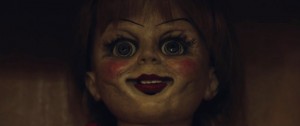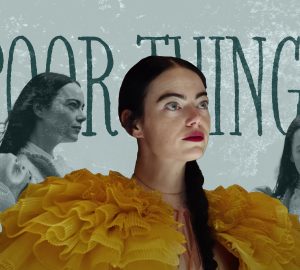Written by Tonesa Jones, contributor.

“Annabelle,” the prequel to the 2013 horror film “The Conjuring,” failed for three quarters of its 99-minute run time to deliver a sufficient scare. It was not until the film reached its climax that I felt my heart beat a little faster, and my fear had nothing to do with that creepy doll. What scared me was how the writers treated its lone black character, Evelyn (played by Alfre Woodard). She was thrown out the window (literally) with little character development or purpose other than to save the white characters.
Killing off token black characters is not new to horror. In fact, the first horror film to cast an African-American actor in the lead role, “Night of the Living Dead” (1968), kills off the black character at the end. And while some more recent films feature a surviving black character, horrors films are still plagued by this trope or perhaps worse, they have no minority characters in the cast. And you cannot ignore the revolving door of minority characters that have been killed off on “The Walking Dead.” As soon as they introduce a new minority character, the death watch starts for another. This trope is so entrenched in horror movie culture that black characters in other films occasionally have meta-narrative moments talking about it: “No, I’ve seen this movie, the black guy dies first.”
What is terrifying about this trope is how it reflects the devaluing of black lives in our society. I could not look at Evelyn’s broken body on the concrete without thinking about Michael Brown, John Crawford, Eric Garner and countless other people of color brutalized, harassed and killed by the police each year. And just as the movie moves along without mentioning or mourning Evelyn again, our society forgets about these people, ignores their victimization or blames them for the problem, like black lives are expendable.
Yes, white people die in horror films, too, and the trope of killing the running white girl is just as entrenched and problematic as killing the token black character. But white characters are given a story, a sense of humanity and their deaths bring consequences to the plot. People of color, in horrors film and in our society, are continually robbed of their humanity. The images on the screen are not isolated shots of poor writing and directing, but a representation of how people of color are seen in society — and that is scarier than any demon or possessed doll.























